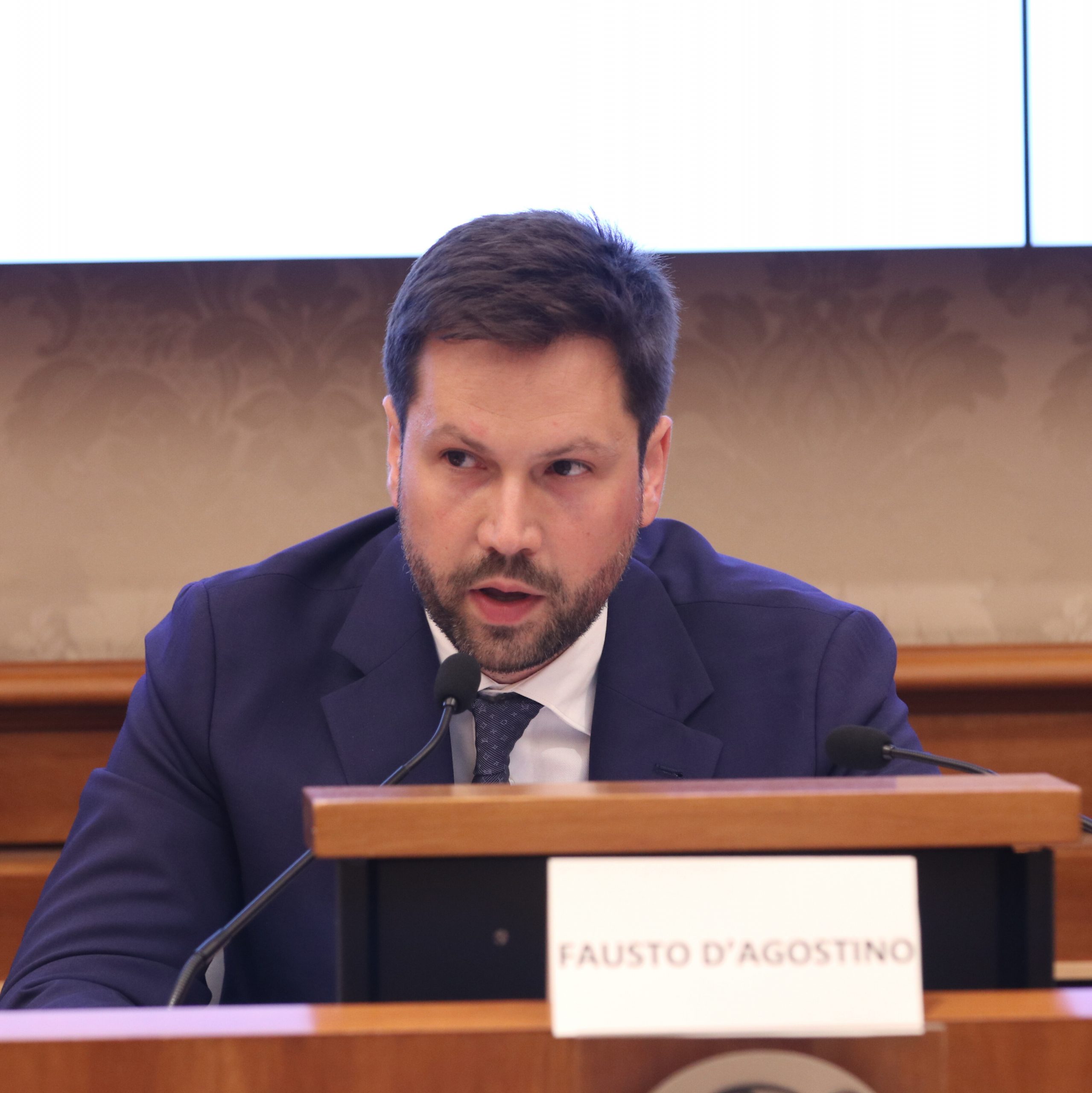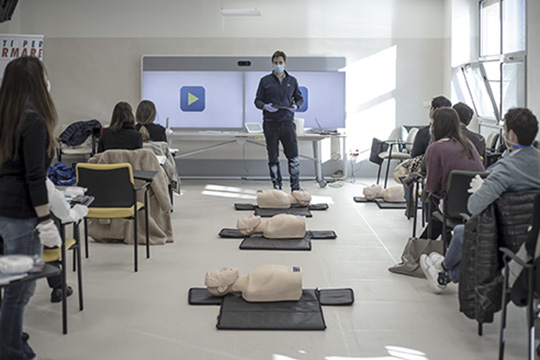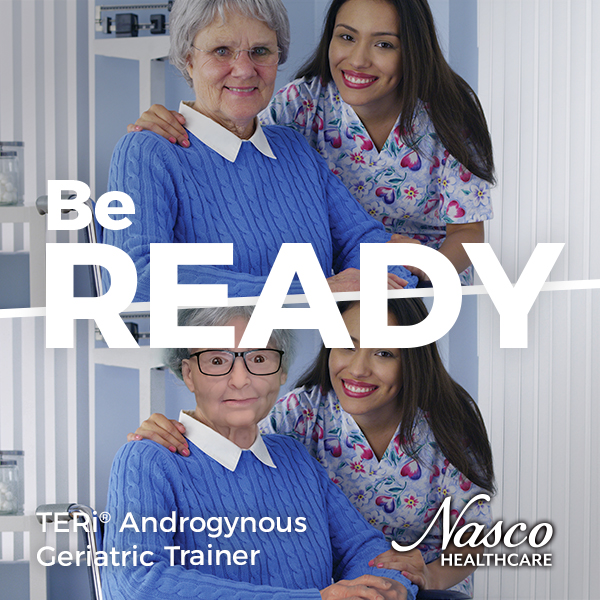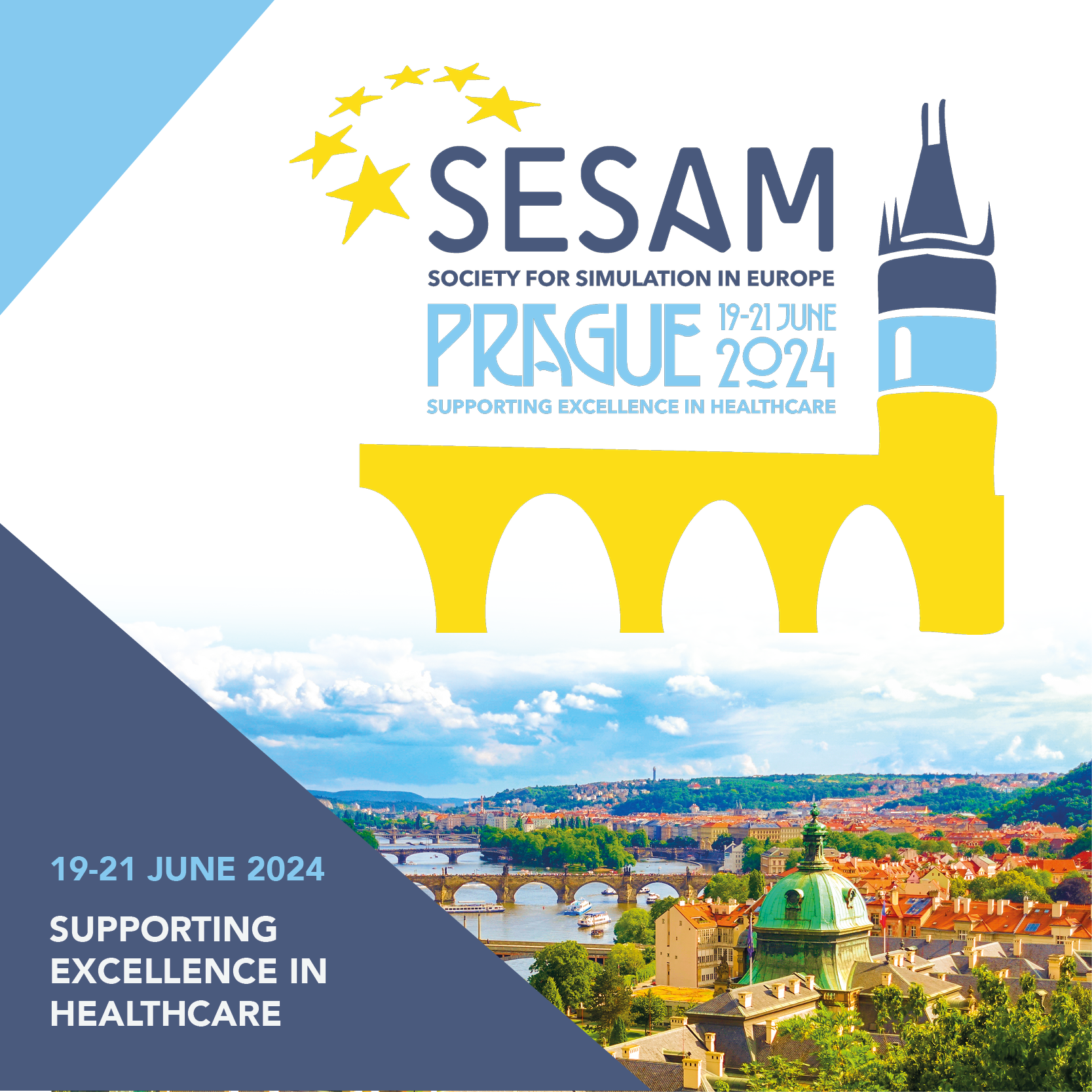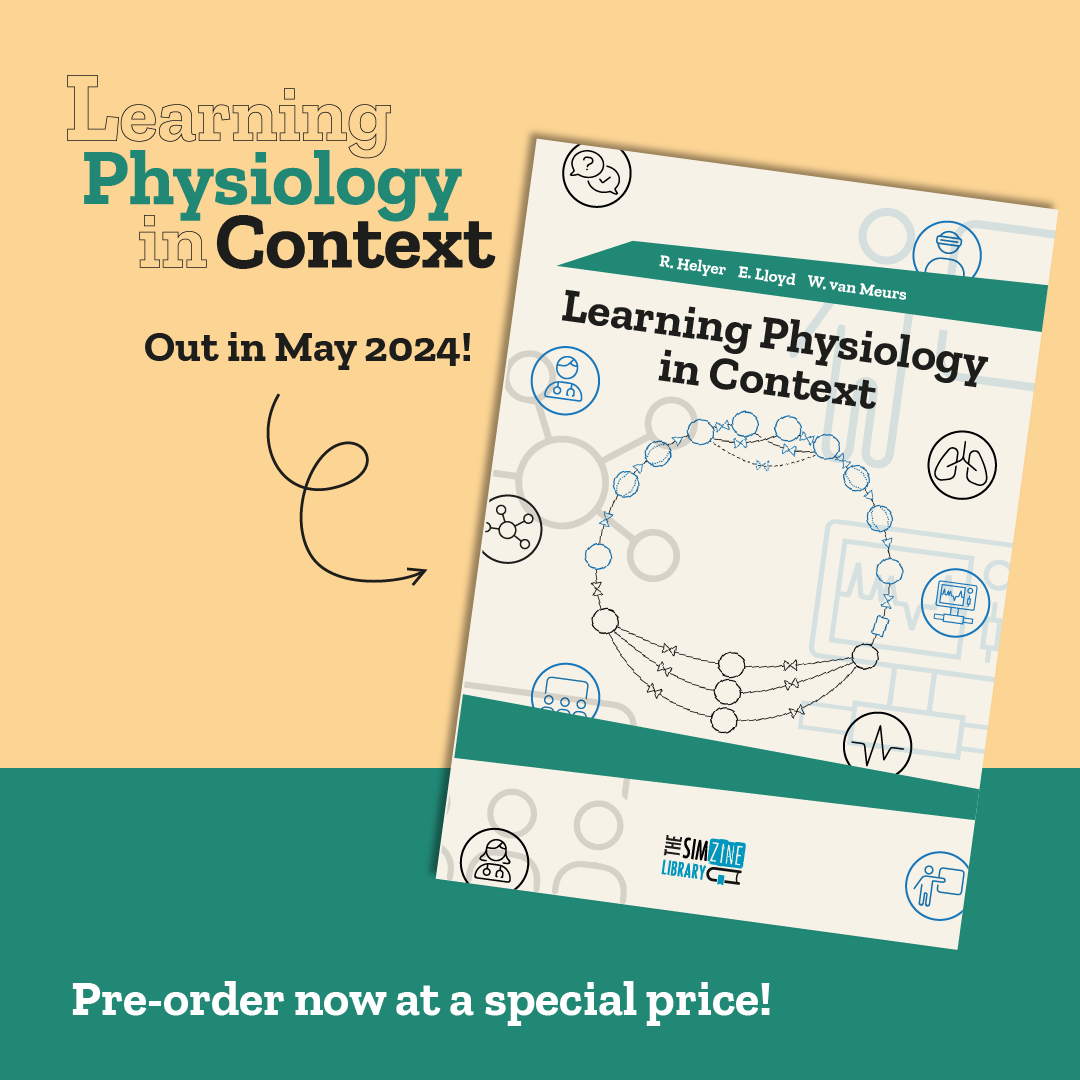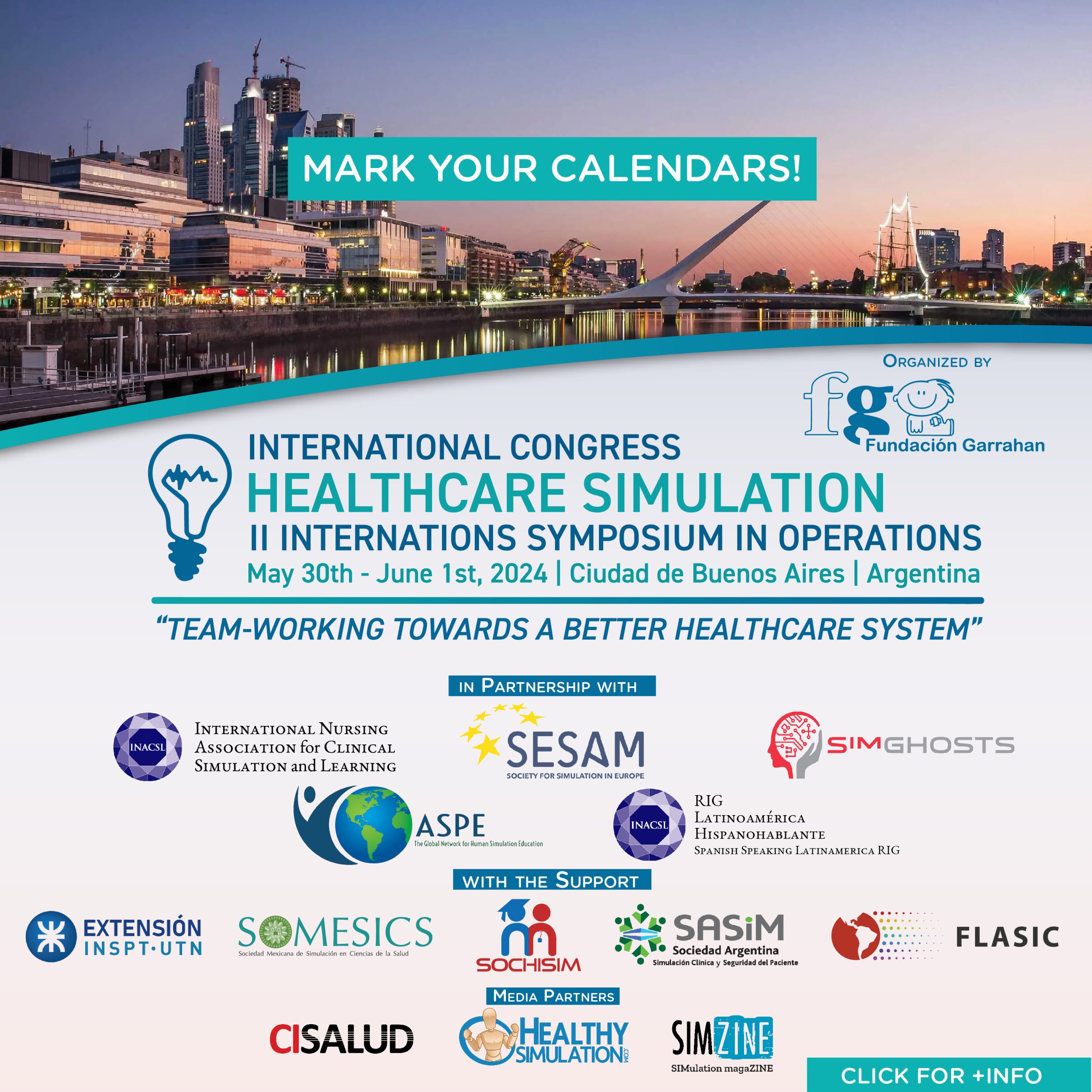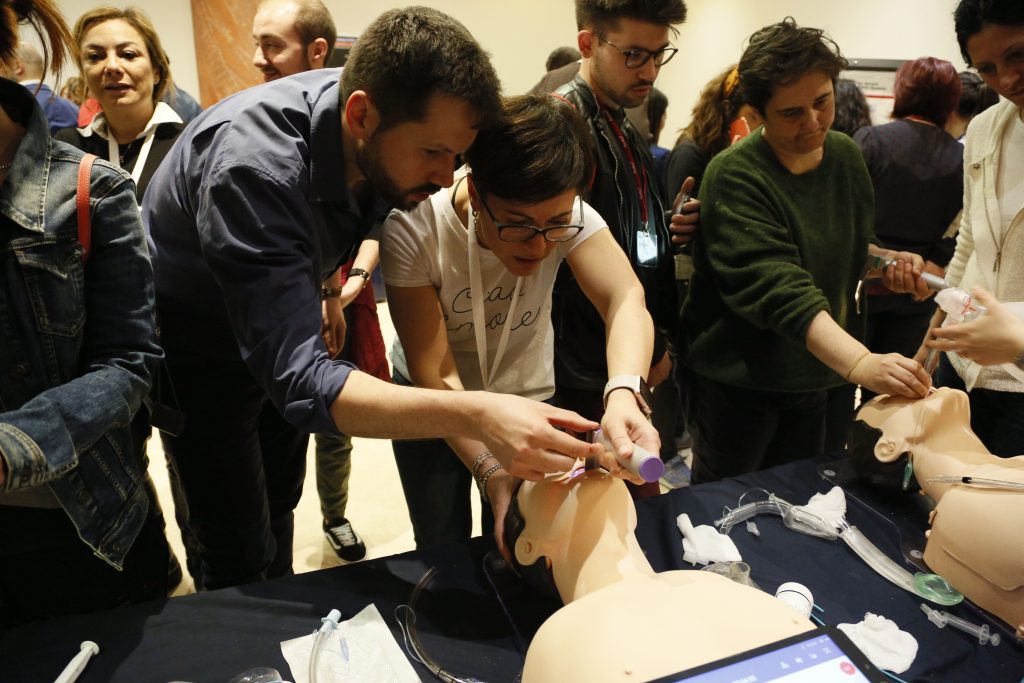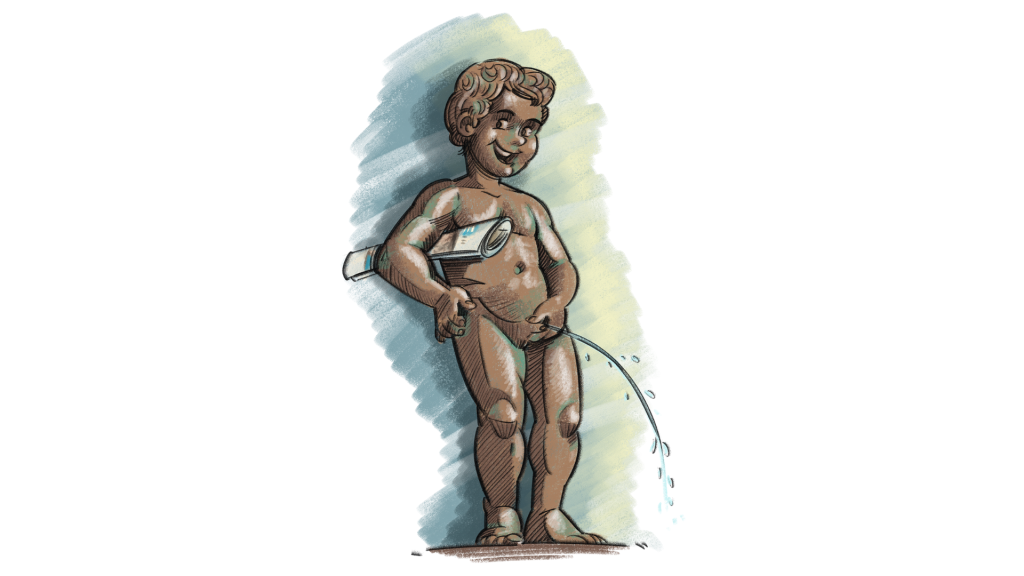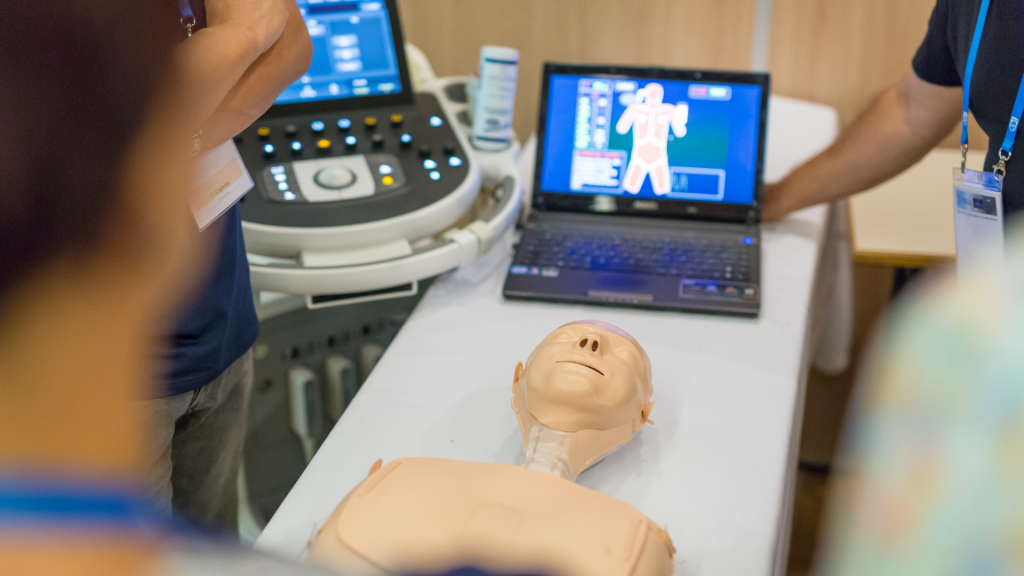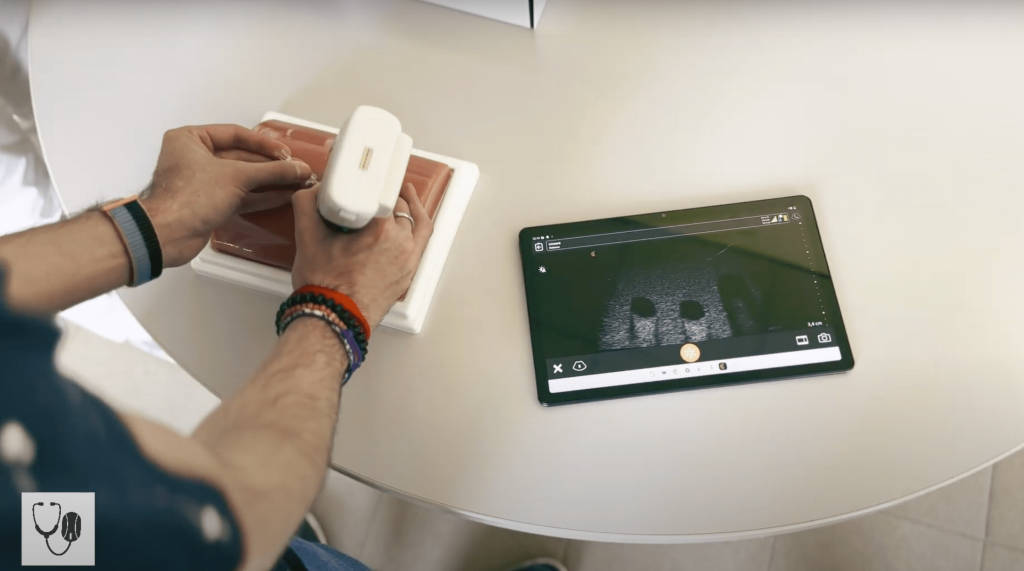Can participating in simulation workshops be a cause of contagion? The results of a national study on basic resuscitation courses
Heart disease is responsible for 35% of all deaths and cardiac arrest remains the leading cause of death in our country. This sad record was also maintained during the pandemic: deaths from cardiac arrest even increased due to various factors, including the fear of rescuing a patient with a possible Sars-Cov-2 infection. Furthermore, the onset of the pandemic unfortunately led to an initial suspension of all First Aid training initiatives, the reinstatement of which was only possible after the new provisions included in the new Ministry of Health Guidelines. In fact, the Ministry of Health issued on 06/23/2020 the circular (prot. N. 21859) “National guidelines for the containment of SARS-CoV-2 infection in first aid operations and for the training of rescuers”, which lists the new directives to carry out rescue maneuvers in safe conditions and the guidelines for the delivery of first aid courses during the COVID-19 pandemic.
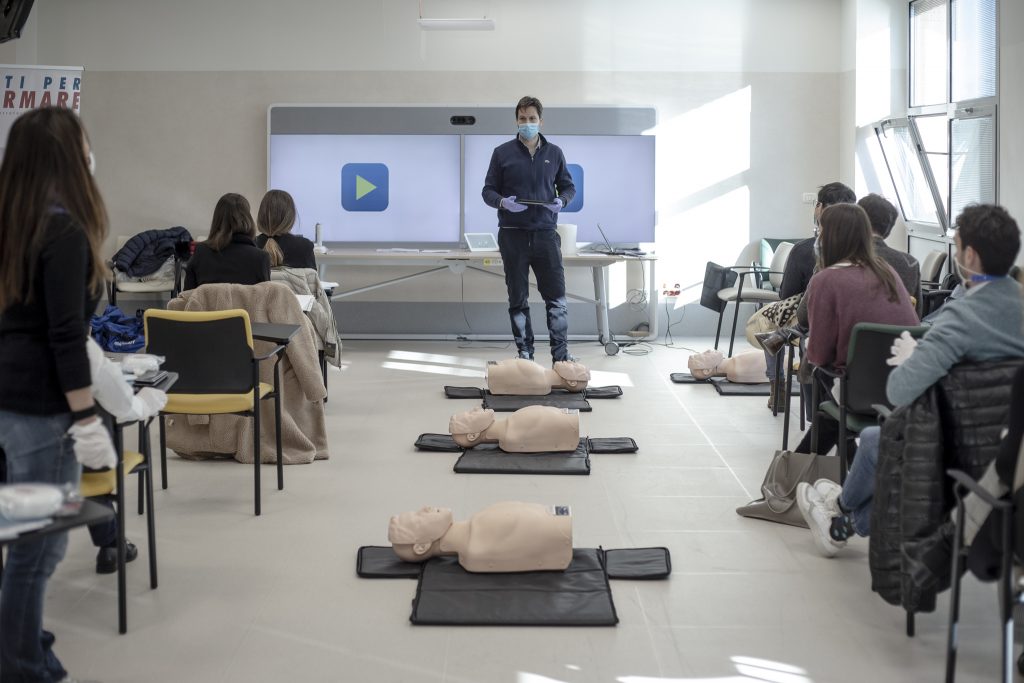
We have often wondered if participation in training events, and in the simulation labs connected to them, could be a cause of contagion. Therefore, to assess its safety, I decided to conduct a national study with the Ministry of Health in collaboration with the American Heart Association (AHA) and the Italian Resuscitation Council (IRC), to assess the critical points in the organization of training initiatives on basic resuscitation (BLS-D courses) and any related infection, in the period between June 2020 and January 2021, precisely during the pandemic emergency.
Some really interesting data has come out, recently published in the international journal Resuscitation. Among the 398 Italian IRC/ERC and AHA training centers, 337 conducted training activities during the study period, for a total of 7833 participants, the majority of whom (68%) were health workers and 32% lay people.
The activity was considered useful by 90% of the participants, including the new training on the correct use of personal protective equipment (94% of the responses). However, 80% of the participants expressed the fear of being infected during the training activity, mainly during the practical simulation session (69%). In fact, 94% of the participants expressed concerns about the safety of the event, in particular regarding the disinfection of the room and the manikin. Detection with Sars-Cov2 tampon, the use of masks and interpersonal distance were considered useful interventions for the prevention of infections.
The most important data that emerged were the cases of COVID related to the participation in these activities: there were 9 cases of contagion of COVID-19 after the courses carried out during the study period; 90% of which occurred within 5 to 14 days after the course and the age of the infected students ranged between 31 and 40 years. The risk of infection linked to course participation was 0.11%, with an estimated overall incidence rate of 54.8 per 100,000 participants.
This study represents the first report on the incidence of Sars-Cov2 infection related to BLS courses and related practice sessions, and establishes a benchmark for evaluating the safety of residential and simulation-based training activities during the COVID-19 pandemic. From a risk-benefit perspective, compared to around 70,000 cardiac arrests/year in Italy, the risk of infection during BLS courses and the simulation sessions embedded in them seems very limited and can be further reduced.


